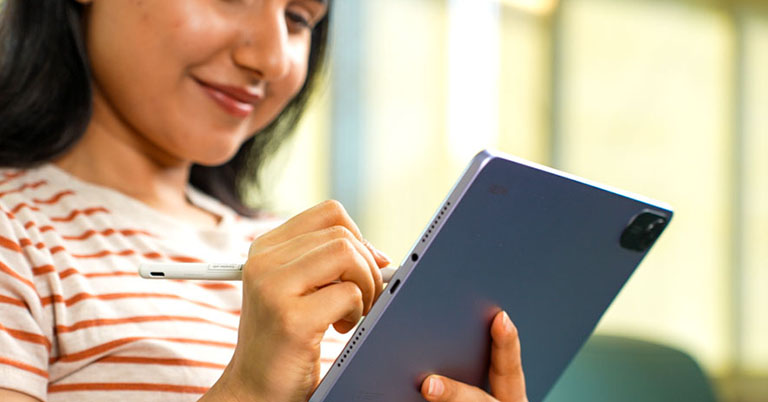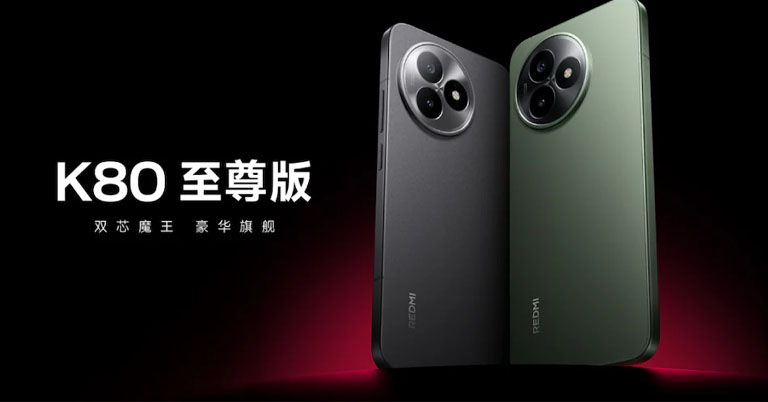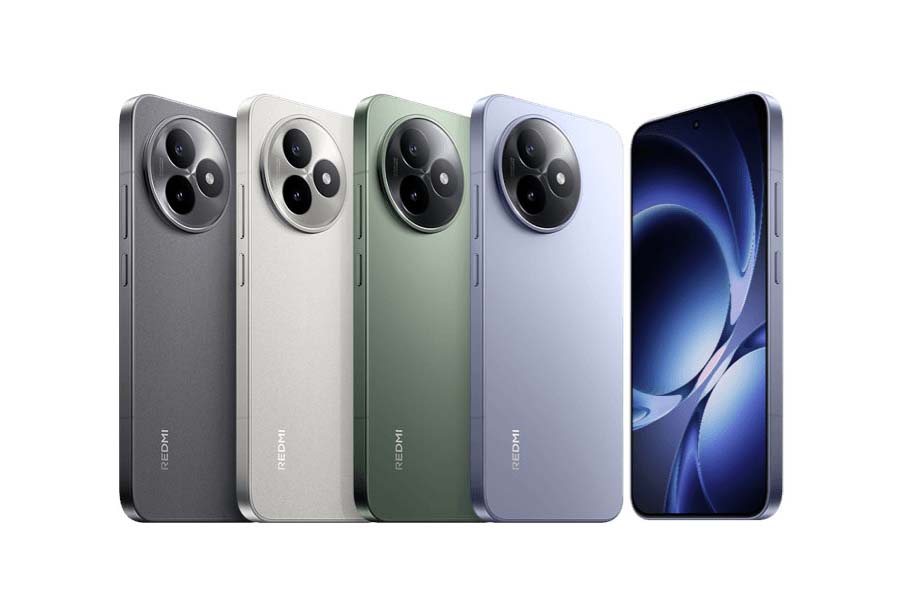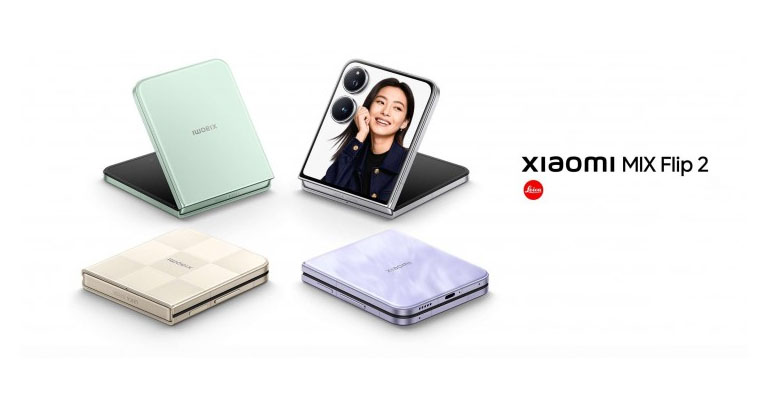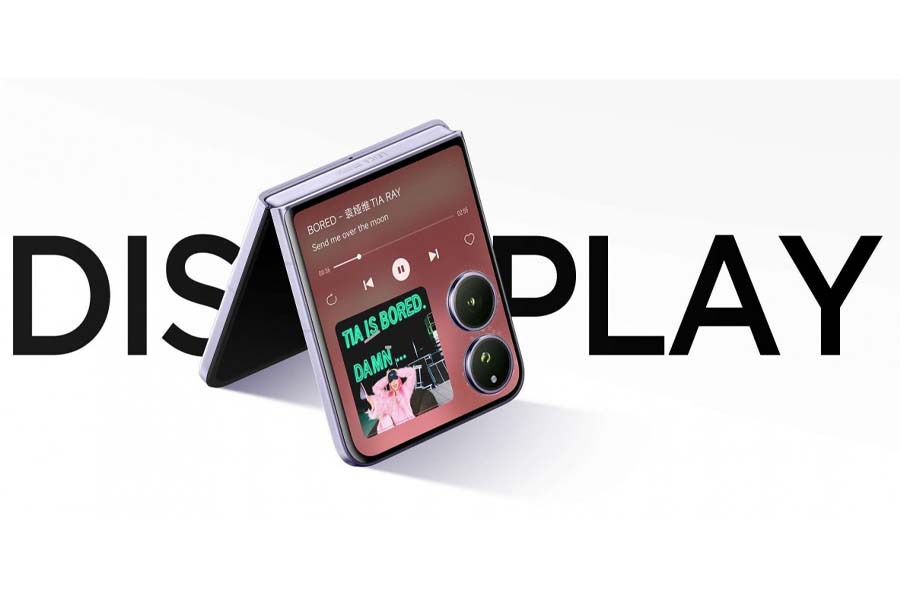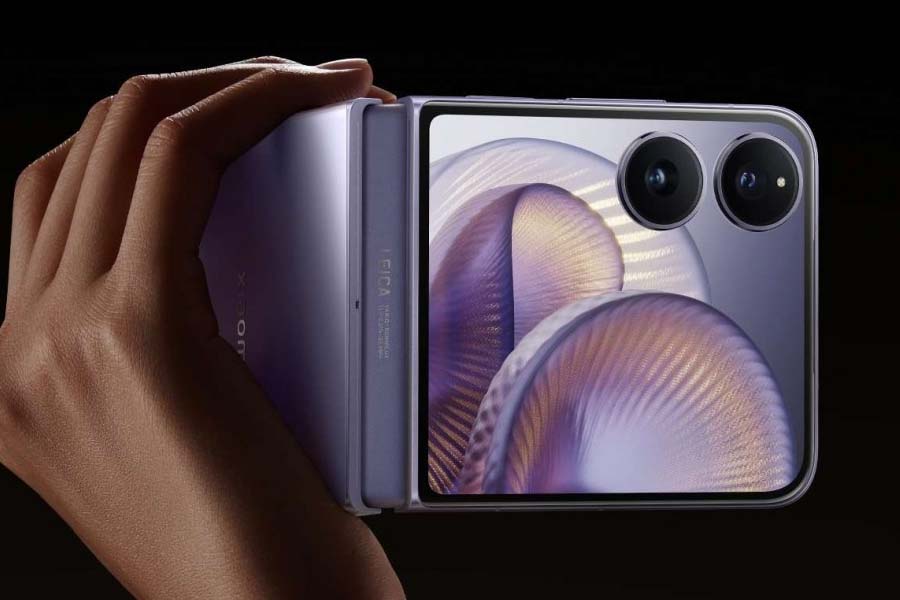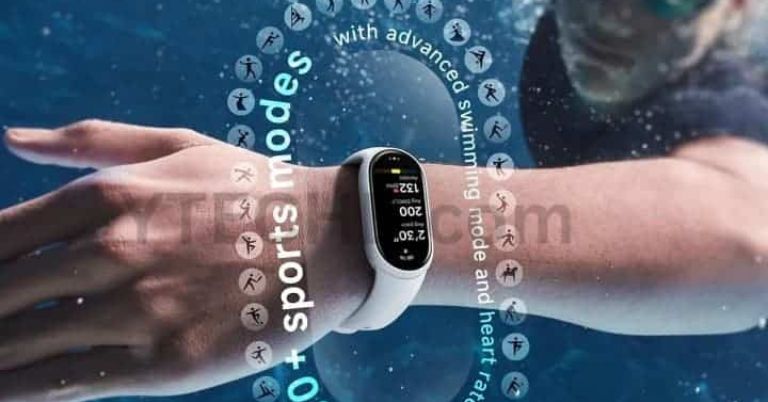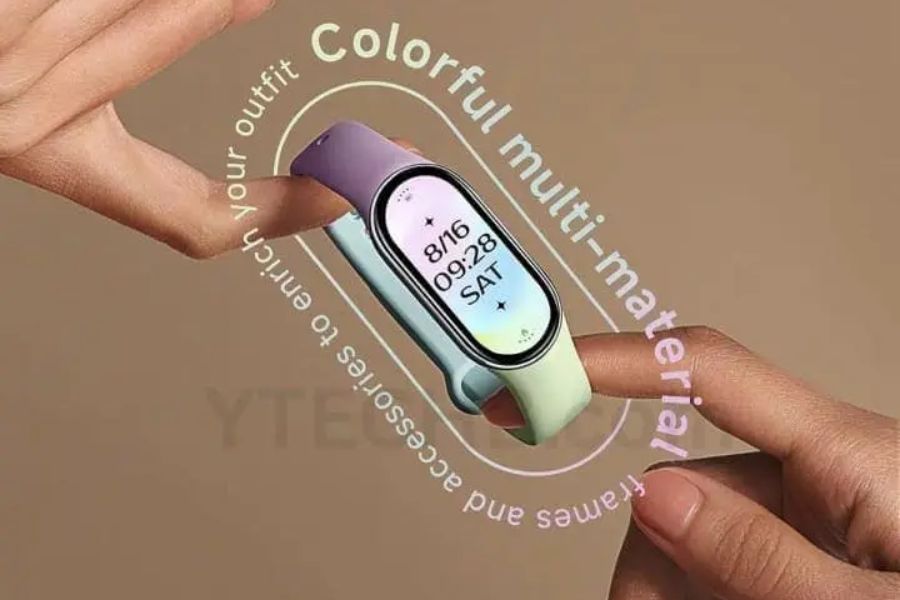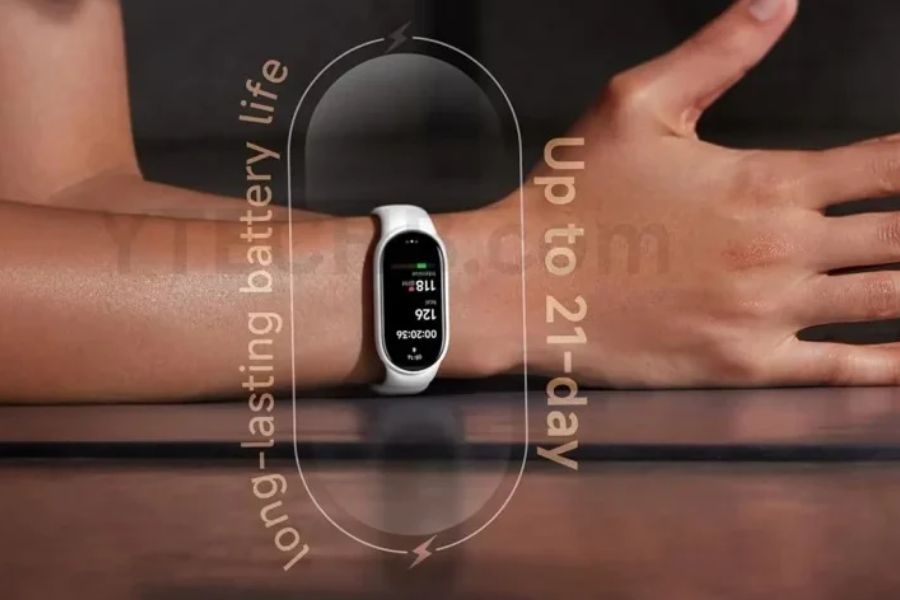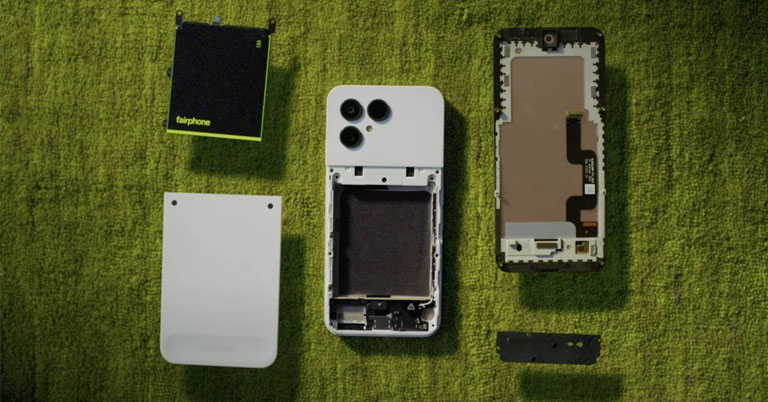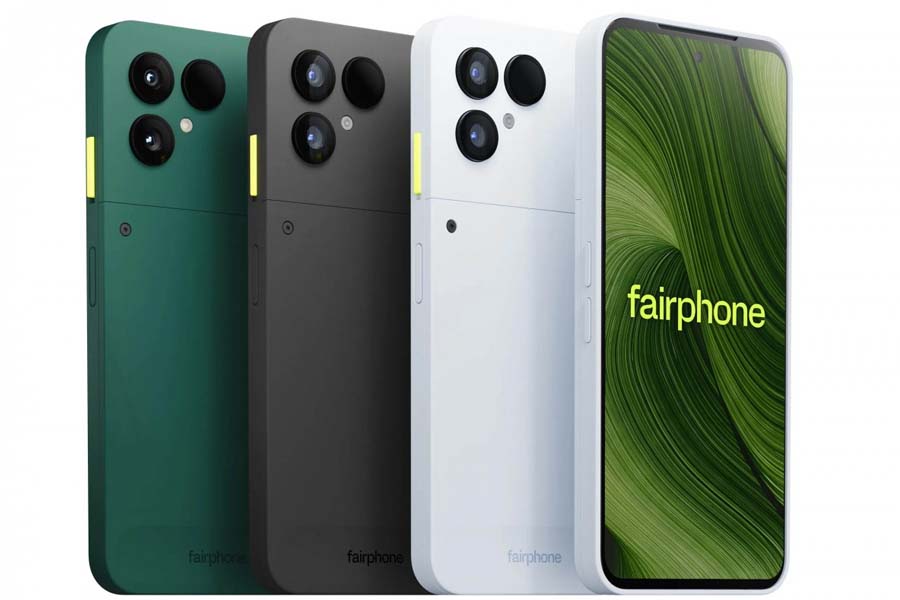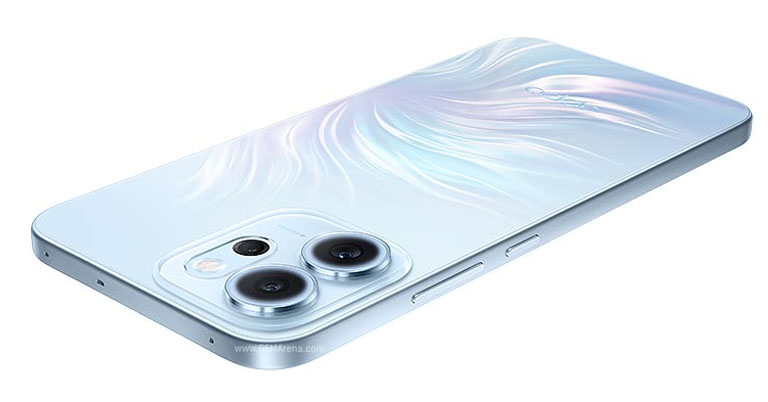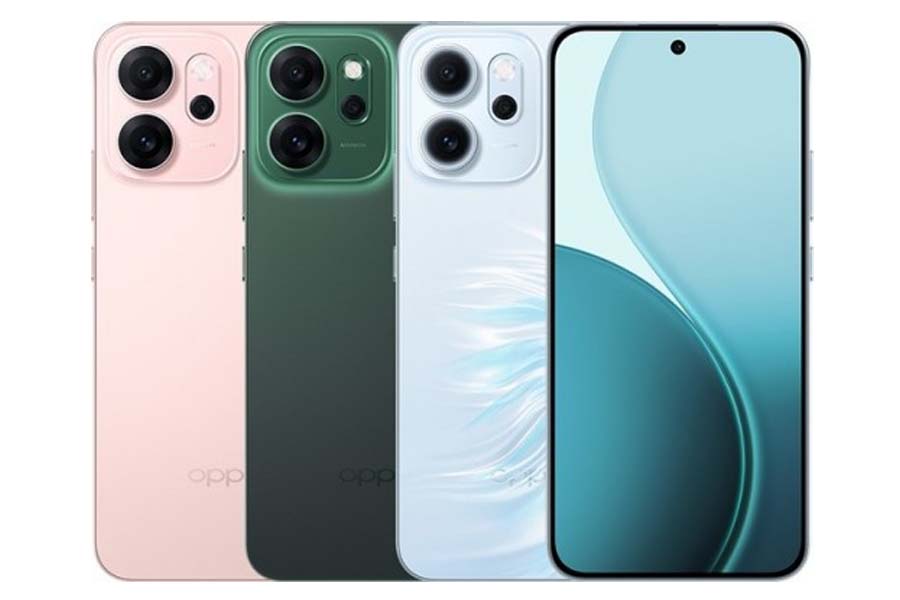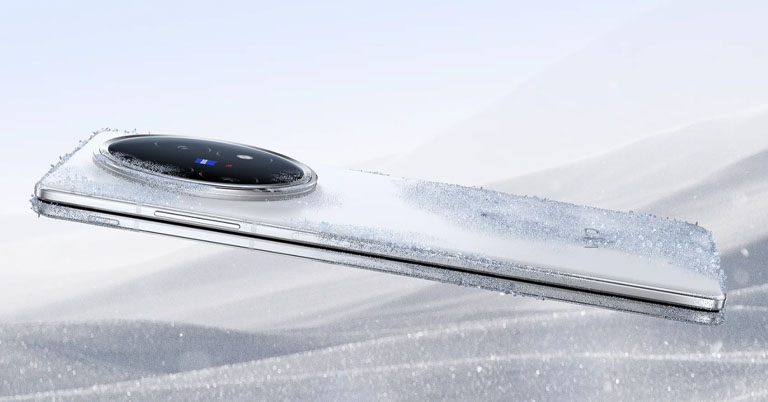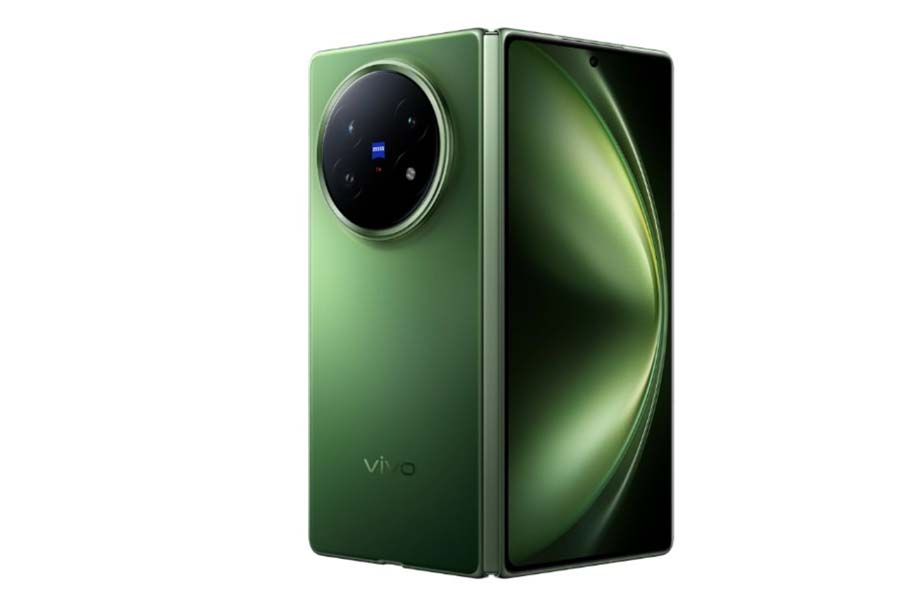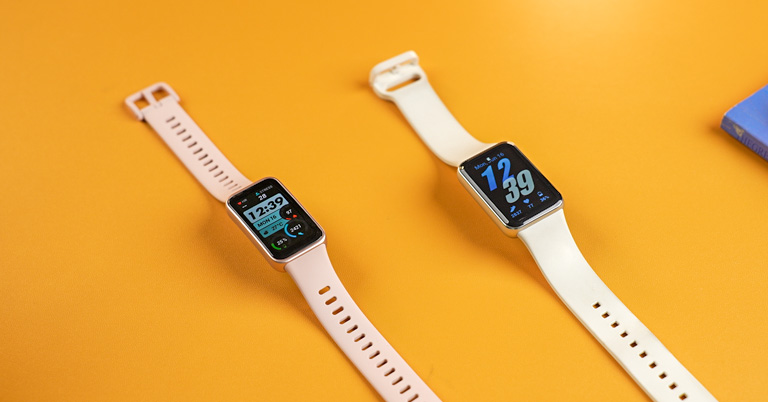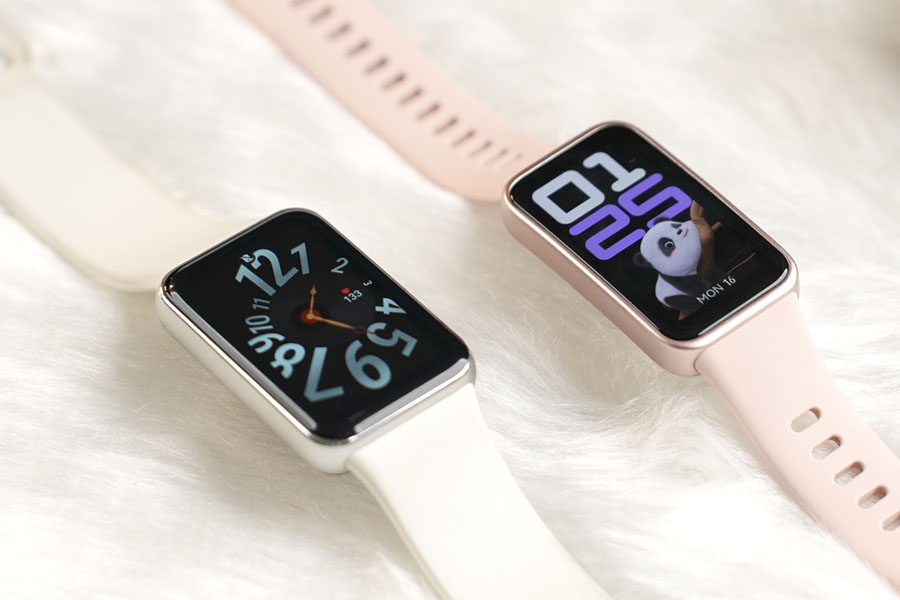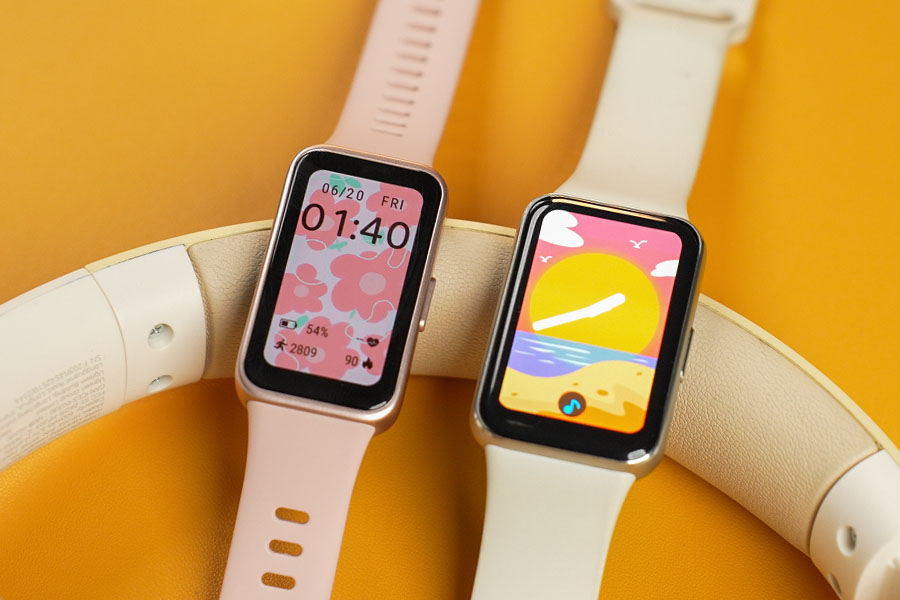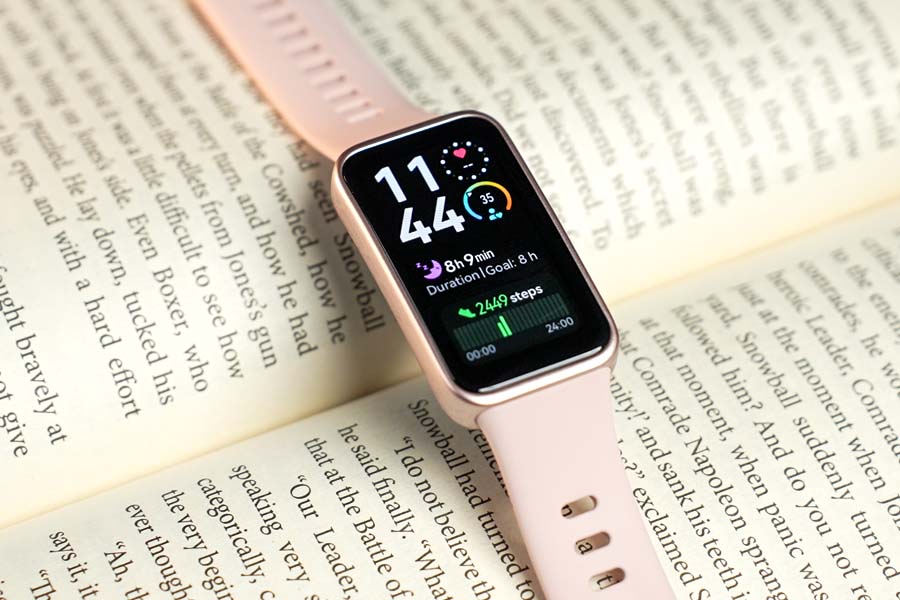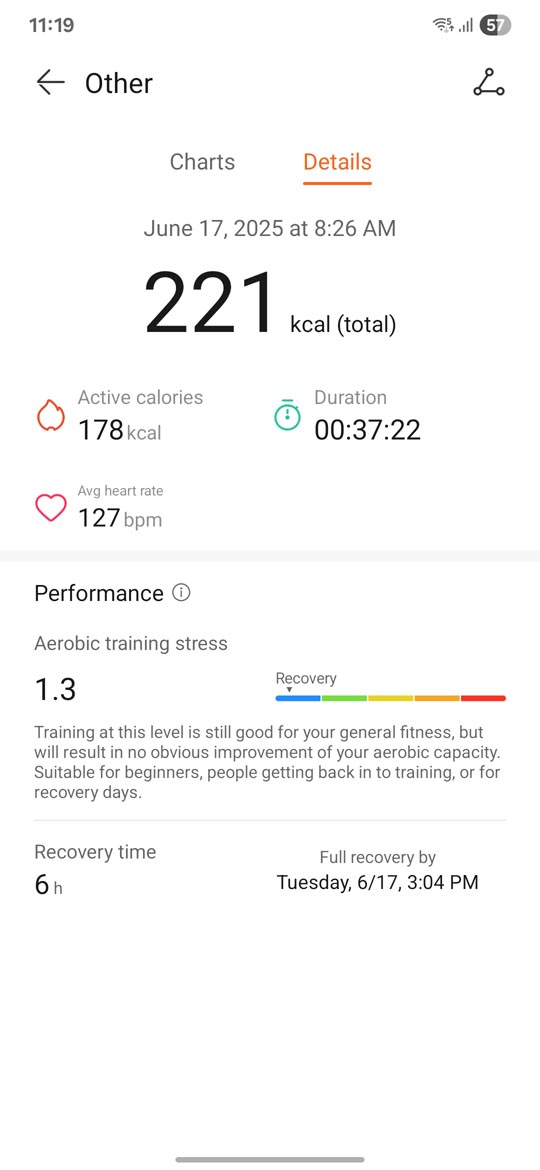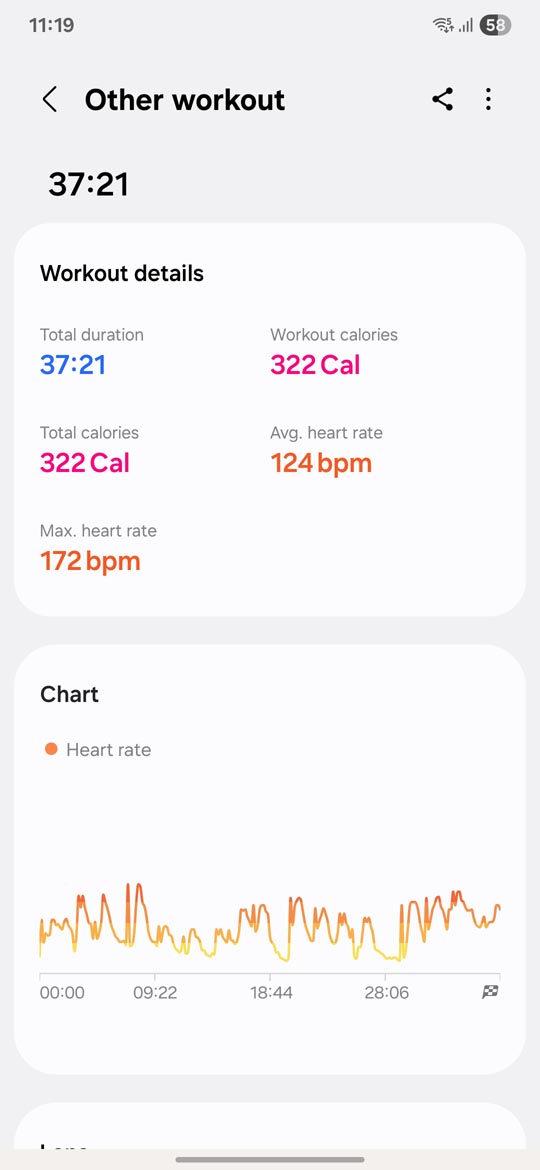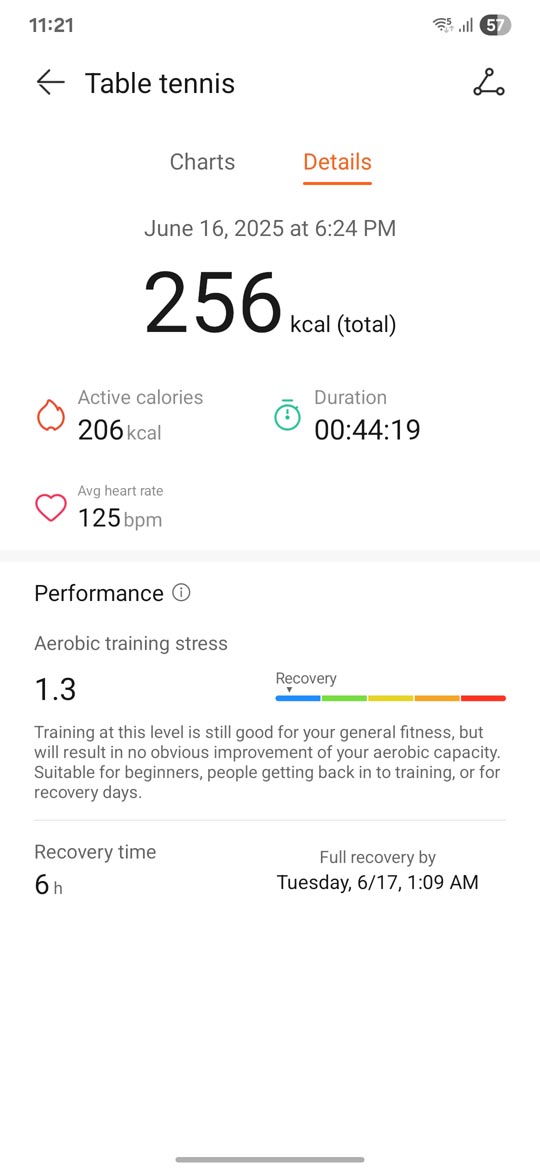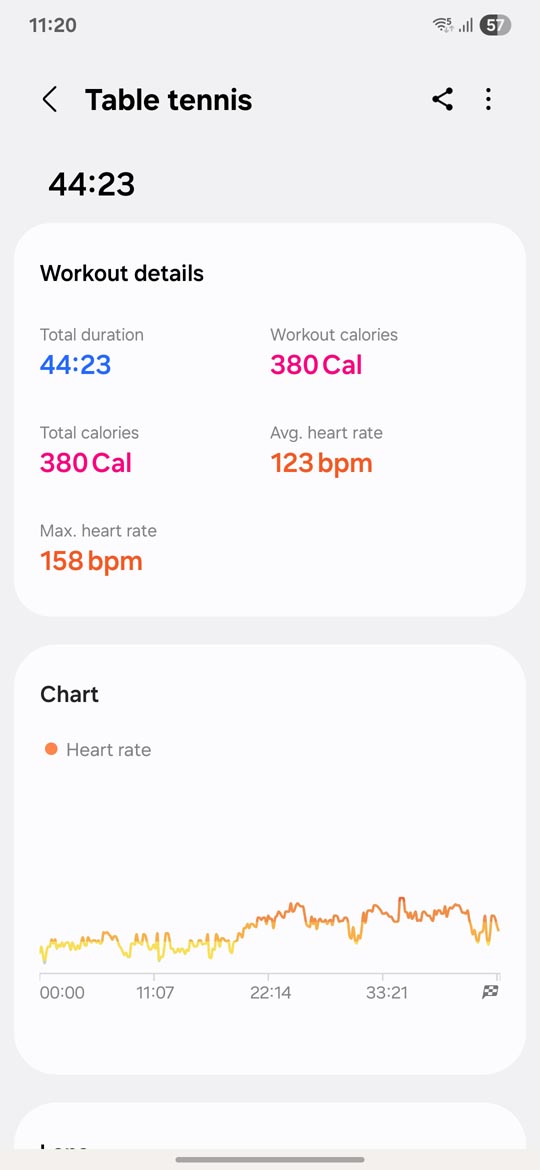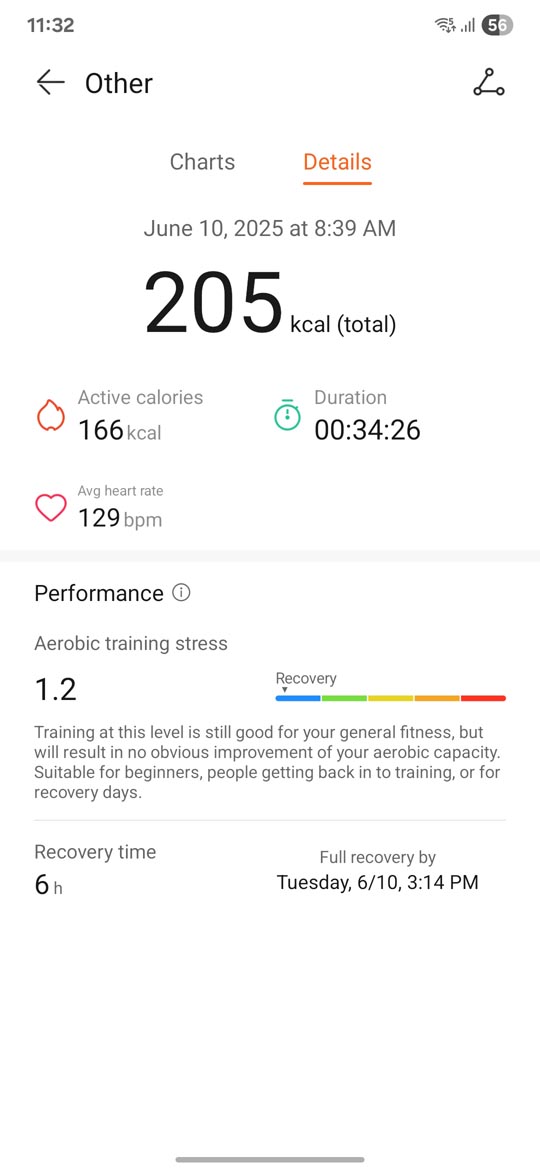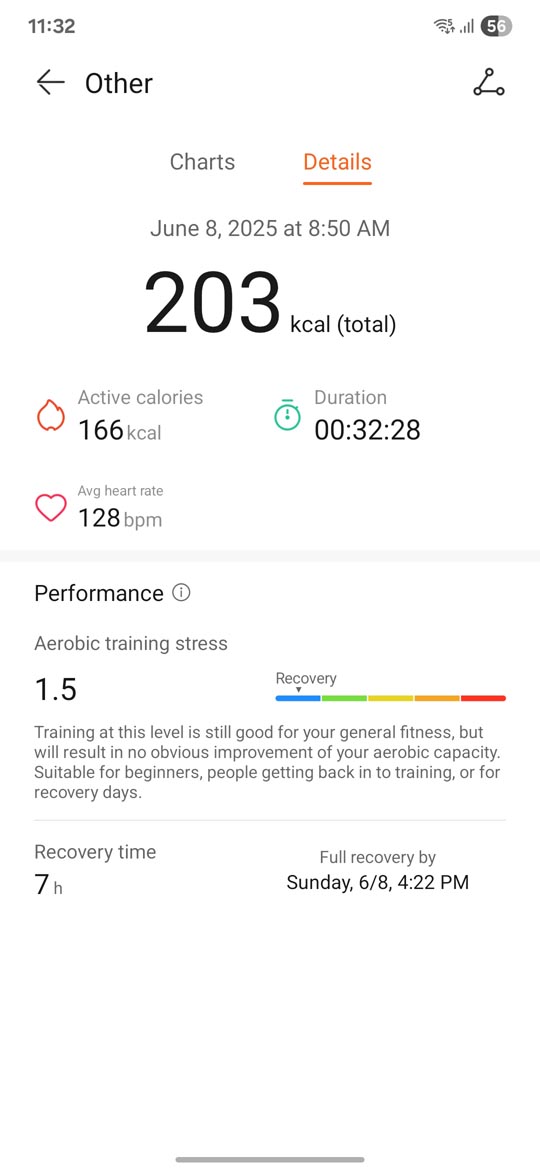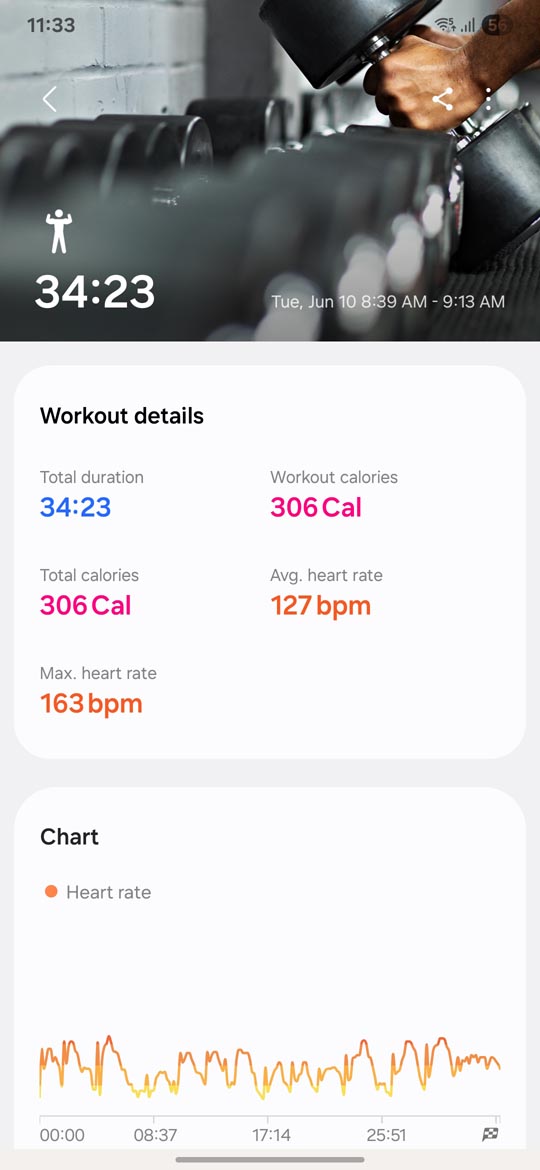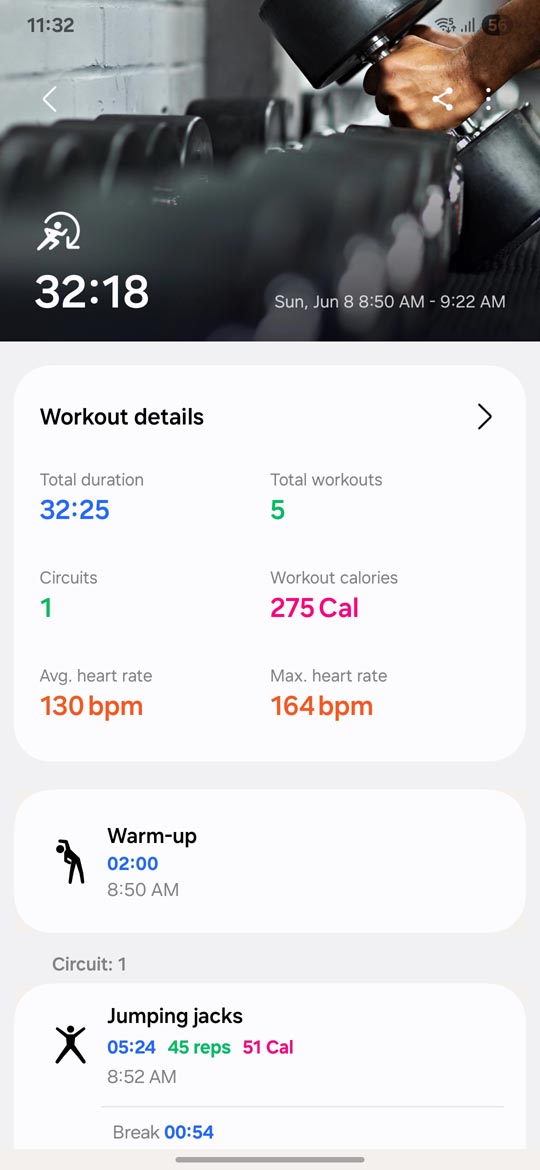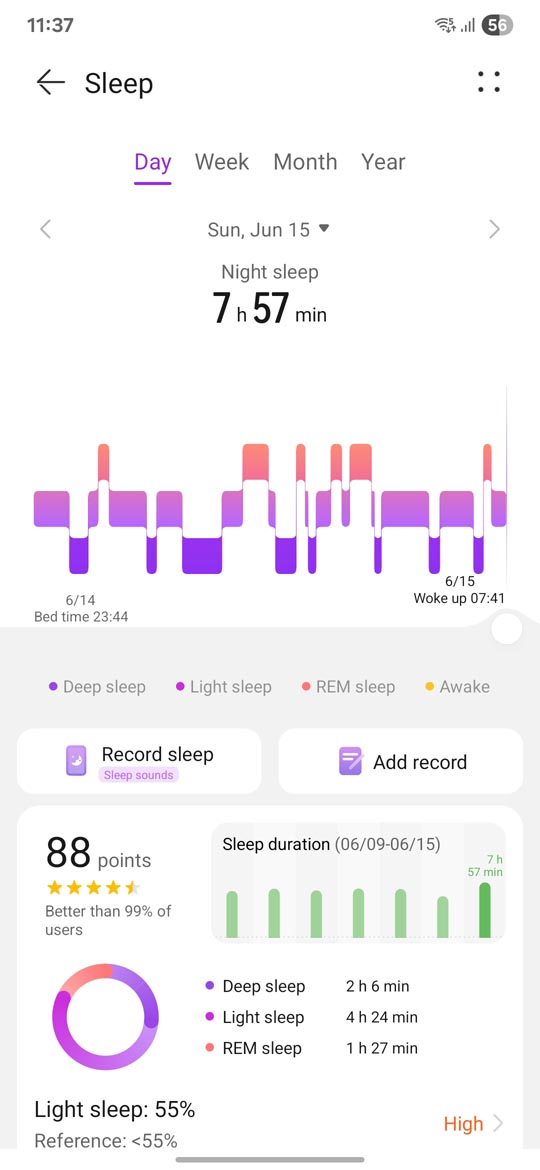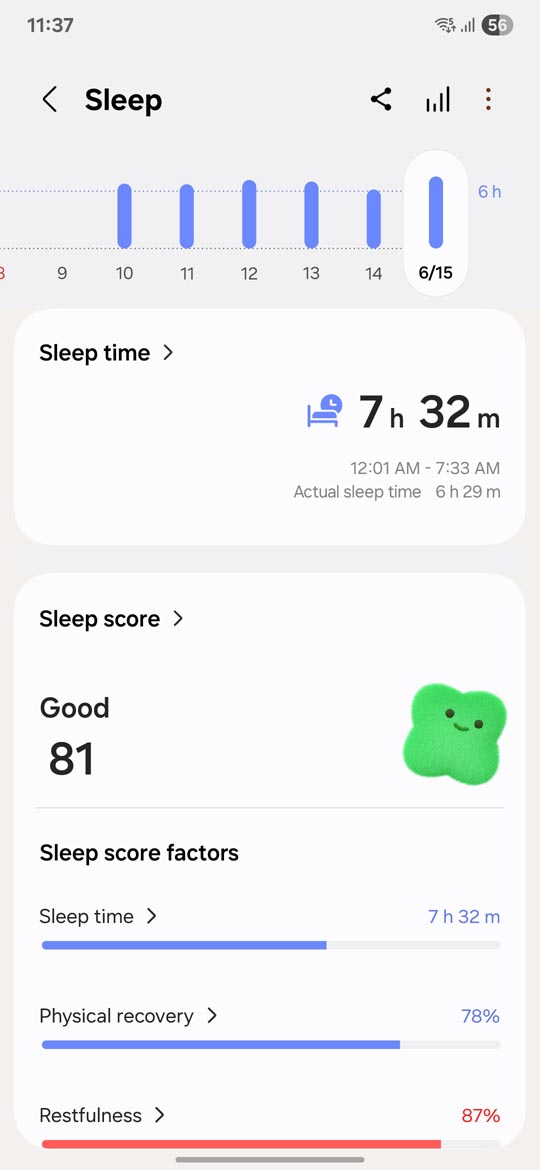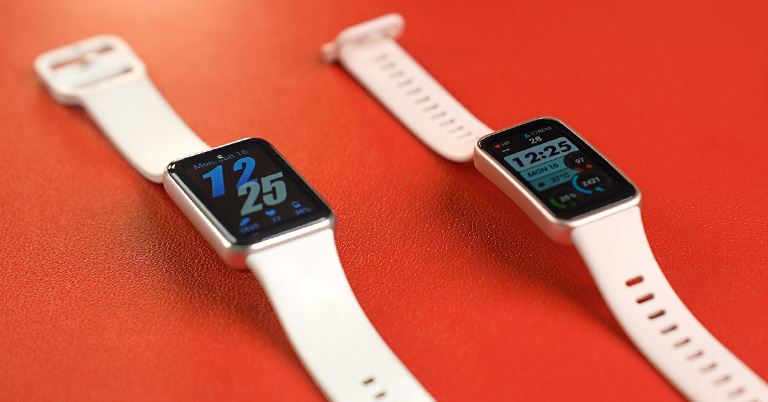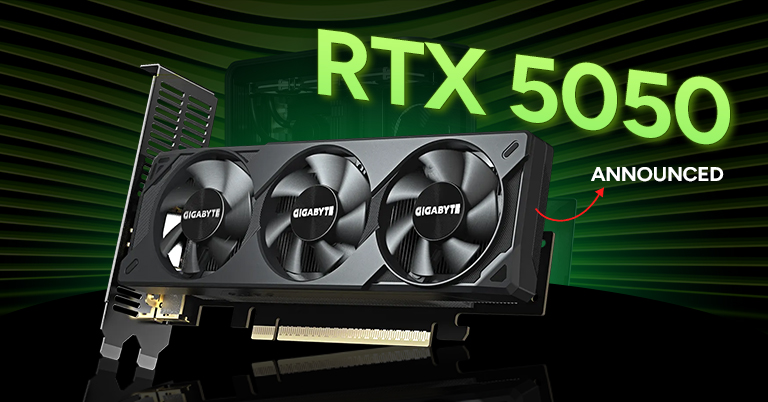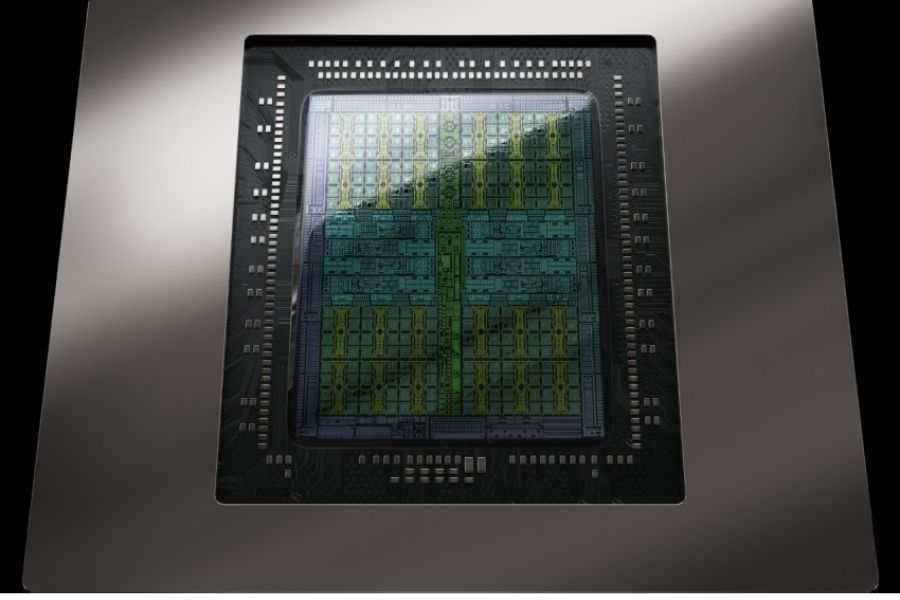So if there’s one brand I trust with making killer tablets, it’s Xiaomi. From the budget Redmi Pads to the unbeatable Xiaomi Pad series of midrange tablets, and recently even the flagship Xiaomi Pad 7 Ultra, Xiaomi simply does not miss. And when I got to check out the new Redmi Pad 2, I was pretty sure I was gonna end up loving it as well.
It’s got a solid all-metal build, a high-res 90Hz display, a gigantic 9000 mAh battery, and Xiaomi’s HyperOS 2 software, which is easily among my favorites in the tablet world.
Do you know what’s really wild though?
A…ll those impressive specs and the Redmi Pad 2 still starts at just NPR 24,999 in Nepal. So it already looks like this thing is an easy recommendation, right? Seeing how there aren’t many budget tablets in the market to begin with?
Well, not quite. Because as much as I would love to say that this is the best budget tablet and you should just… go for it, I found that Xiaomi has made some weird (and some honestly questionable) compromises with the Redmi Pad 2.
Redmi Pad 2 review: Specifications
- Design and Build: 254.58 x 166.04 x 7.36 mm, 510 gm
- Color options: Graphite Gray, Mint Green, Lavender Purple
- Display: 11-inch IPS panel, 2.5K resolution, 90Hz refresh rate
- Chipset: MediaTek Helio G100 Ultra (6nm mobile platform)
- Memory: 6/8GB LPDDR4X RAM, 128/256GB UFS 2.2 storage (expandable)
- Software and UI: Android 15 with Xiaomi HyperOS 2.0 on top
- Cameras: 8MP f/2.0 rear, 5MP f/2.2 front
- Security: No fingerprint sensor
- Connectivity: No cellular connectivity, WiFi 5, Bluetooth 5.3, USB-C
- Sensors: Accelerometer, Virtual ambient light, Hall
- Battery: 9,000 mAh with 18W fast charging (15W adapter in box)
- Price in Nepal: NPR 24,999 (6/128GB) | NPR 29,999 (8/256GB)
- Check the full specifications of Redmi Pad 2 here
Redmi Pad 2 review:
Design and build
- 254.58 x 166.04 x 7.36 mm, 510 grams
- Glass front, aluminum back/frames
- No IP rating
Alright. Let me start with the design then.
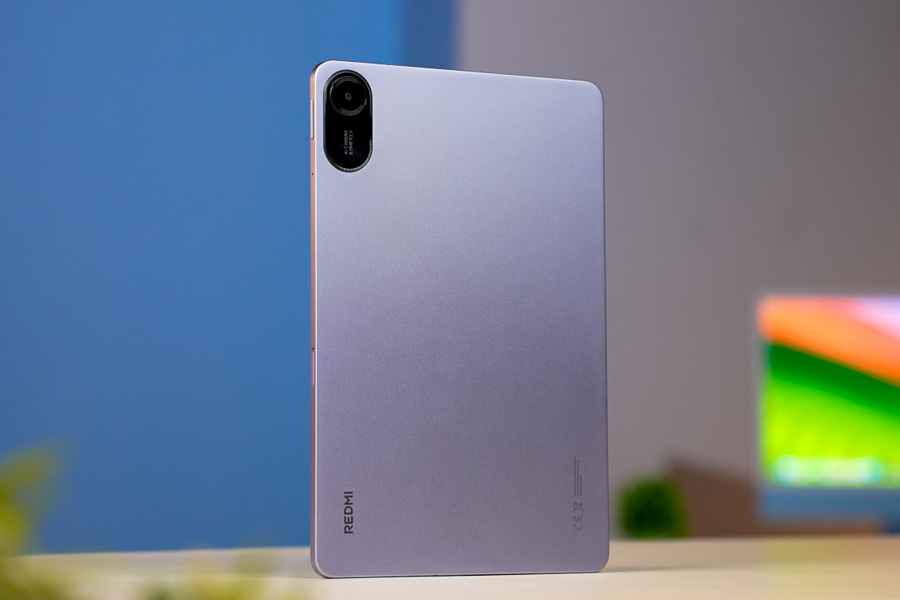
So like I mentioned before, the Redmi Pad 2 has a premium all-metal design. From the frames to the backplate… it’s all metal. That means this budget tablet feels just as premium as other, more expensive ones that cost 2 – 3 times as much!
And even though the Pad 2 weighs a little over 500 grams, I didn’t have much problem holding it for a while, thanks to a nice weight distribution on both ends. Whether I was looking something up while I was at my desk or streaming my favorite series in bed. I know it’s super subtle but I love this dual-tone finish as well.
Whereas Xiaomi hasn’t skipped on the basic stuff like a headphone jack and a matte finish at the back to get rid of fingerprint smudges either. So yeah, as far as the design is concerned, the Redmi Pad 2 earns a solid A!
Display
- 11-inch 2.5K IPS panel
- 90Hz refresh rate, 600 nits peak brightness
- Widevine L1 certified
But I’m gonna have to give its display an “A-” or a “B+” to be honest.
Don’t get me wrong, Xiaomi has shipped a pretty nice 11” IPS panel here. It’s quite sharp with a 2.5K resolution, the colors look nice, it can get as bright as 600 nits, it’s also Widevine L1 certified for high-res playback on Netflix, and that 90Hz refresh rate also works across most apps to make things feel just a little smoother.
That means from watching movies to browsing the web, everything feels genuinely enjoyable on this tablet. And if you’re a night owl like me, I bet you’re gonna love the Redmi Pad 2’s display as well because it’s got everything from DC dimming to TÜV’s low blue light certification to help reduce eye strain when you’re using it at night.

Plus, its quad speakers also sound pretty great if you’re mostly thinking of using it as a multimedia device. The loudness is there, the vocals are a standout — and unlike what I originally thought — it doesn’t sound completely flat either.
Yup… there’s actually some bass out of these speakers.
Trouble in paradise?
That being said, I found two major issues with the Redmi Pad 2’s display:
-
So number 1, its auto brightness simply doesn’t work as nicely as I’d expected.
You might think this is something Xiaomi can easily fix with a software update but nope. I actually think this is a hardware issue since the Redmi Pad 2 has a virtual light sensor instead of a real one. Aka… it’s actually using the front camera to adjust brightness levels according to the ambient light around me. And that is both slow and inaccurate to adjust brightness levels.
-
And number 2, the Redmi Pad 2’s display is super reflective as well.
I know it feels like I’m being quite nitpicky on a budget tablet but these two things honestly bothered me quite a bit. So since it’s got a pretty underpowered chip, whenever I try to launch an app, I often see my own reflection on the screen for a good couple of seconds before the content itself loads.
That just felt super weird to me.
Performance
- MediaTek Helio G100 Ultra (6nm)
- 6/8GB RAM, 128/256GB storage (expandable up to 2TB)
Okay. Let’s jump into performance now.
And the one thing I immediately need to tell you about the Redmi Pad 2’s performance is that its “Helio G100 Ultra” chip doesn’t have any upgrade over the Helio G99 on the original Redmi Pad (review) that launched nearly three years ago.
| Helio G100 Ultra | Helio G99 | |
| CPU | 2x Cortex-A76 (up to 2.2 GHz) | |
| 6x Cortex-A55 (up to 2.0 GHz) | ||
| GPU | Arm Mali-G57 MC2 | |
| Memory | LPDDR4X RAM (up to 4,266 Mbps) | |
| Storage | UFS 2.2 storage type | |
| IPS | Up to 200MP camera | Up to 108MP camera |
It’s got the same CPU cluster, the same GPU… pretty much the same everything. MediaTek did upgrade the image processor for the new one, but come on… that’s never gonna matter on a tablet.

So while the Helio G100 is still a decent budget chip that’s powerful enough for casual, everyday work like scrolling the web, editing documents, and watching videos, I could almost always feel a little bit of delay, a little bit of lag in everything I did.
I tried downscaling the system animations to see if that would change anything, although I can’t say the improvement was that massive. That means you should keep your gaming expectations from the Redmi Pad 2 quite low as well. Wayyyy low in fact. Yes, you can play light games like “Subway Surfers”, “Clash of Clans” (or even something like PUBG at 40 fps) and that’s about it.
Software
- Android 15 with Xiaomi’s HyperOS 2.0 on top
- No word on future updates
At least the software side of things is pretty awesome here.
It’s still every bit as clean and free of bloatware apps, and also with some neat ecosystem features like sharing the clipboard or transferring phone calls if you own a Xiaomi phone. Whereas the Redmi Pad 2 also supports all the multitasking features you could want, like split screen, floating window, and even app pairs.
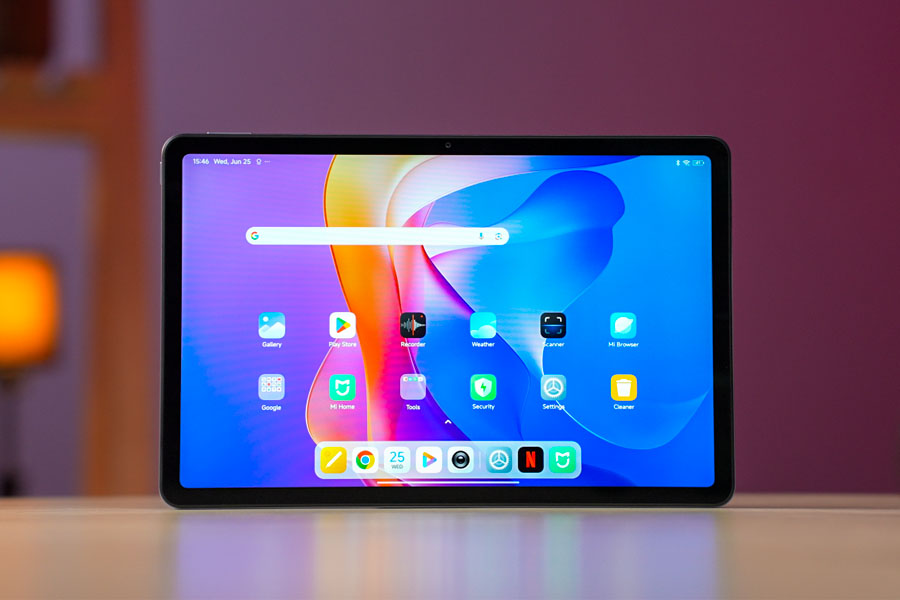
I was a little surprised to see that the “search button” on HyperOS 2, which I loved so much, hasn’t made it to the global region for some reason. While that low-powered processor means you don’t get any of those AI-based writing or drawing features we first saw on the Xiaomi Pad 7, on the Redmi Pad 2 either.
But still… I’d say this guy delivers an A+ software experience overall. The only thing that’s bothering me a little is the fact that Xiaomi hasn’t talked about future software for the Redmi Pad 2. I guess it should receive a couple of years of updates at least, but… I’m not sure.
Cameras
- 8MP rear, 5MP selfie camera
Moving on, its cameras are quite basic though. Just like the software, its cameras are quite basic too. I guess that goes for pretty much every other tablet so… yeah. Both its 8MP rear camera and the 5MP front-facing camera are good enough for scanning documents or attending casual video calls. That’s it.
Battery
- 9,000 mAh battery (18W charging)
- 15W adapter in the box
I must admit that the Redmi Pad 2’s battery life is its strong point though.
Xiaomi has managed to fit in a massive 9,000 mAh battery inside of this thing, and with all my tablety usage, I was comfortably getting a day and a half’s worth of juice before I needed to fetch its charger. And with the 15W adapter you get inside the box (even though the Redmi Pad 2 supports slightly faster 18W charging), a complete refill takes like 2 hours and 50 minutes.
Redmi Pad 2 review: Conclusion
Alright, here’s the deal.
So do I think the Redmi Pad 2 is a good budget tablet? Yes. Yes, it is.

Mostly because it nails some of the basics like design, display, software, and battery life. And for casual users looking for a good multimedia tablet or even students, I think this could be a decent pick. Especially since you can also pair it with the “Redmi Smart Pen” which costs NPR 6,500. Its input delay is a bit noticeable, but I’d say it’s still perfectly fine for taking notes and stuff.
I really wish Xiaomi had gone with a slightly more powerful chip, although for some NPR 25,000, the Redmi Pad 2 pretty much is the cream of the crop in Nepal.
- Our video review of Redmi Pad 2 is coming up pretty soon
Redmi Pad 2 review: Pros and cons
| Pros | Cons |
| • Great value for money | • No performance upgrade |
| • A premium all-metal design | • No word on future software updates |
| • 90Hz IPS display | • Auto-brightness doesn’t work well |
| • Nice set of quad speakers | |
| • Excellent battery life |


